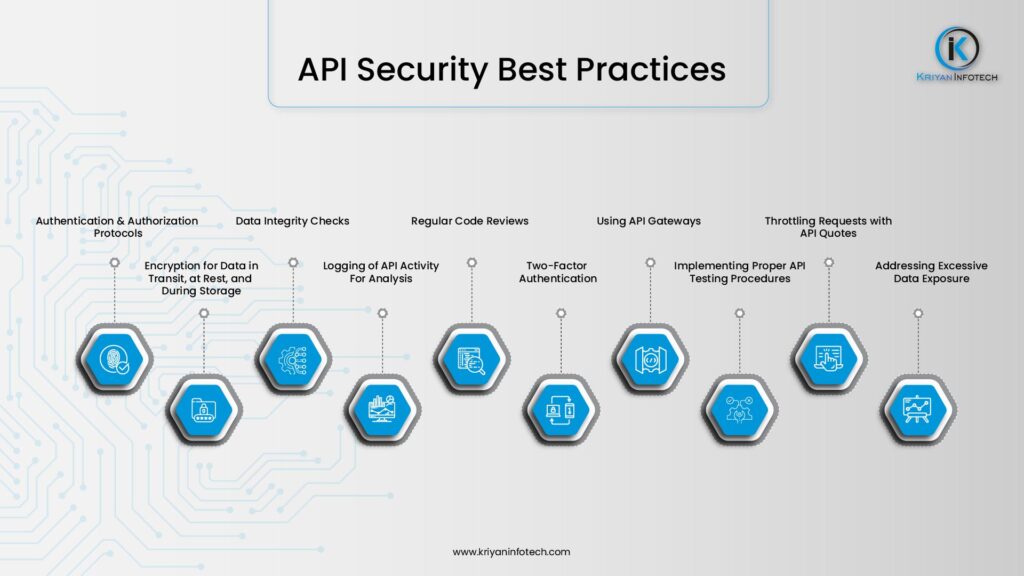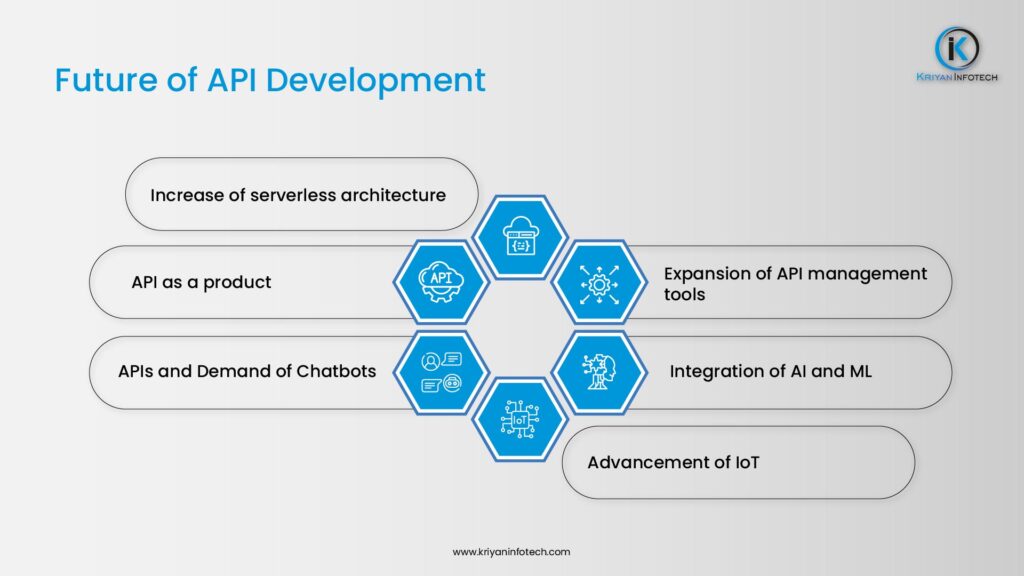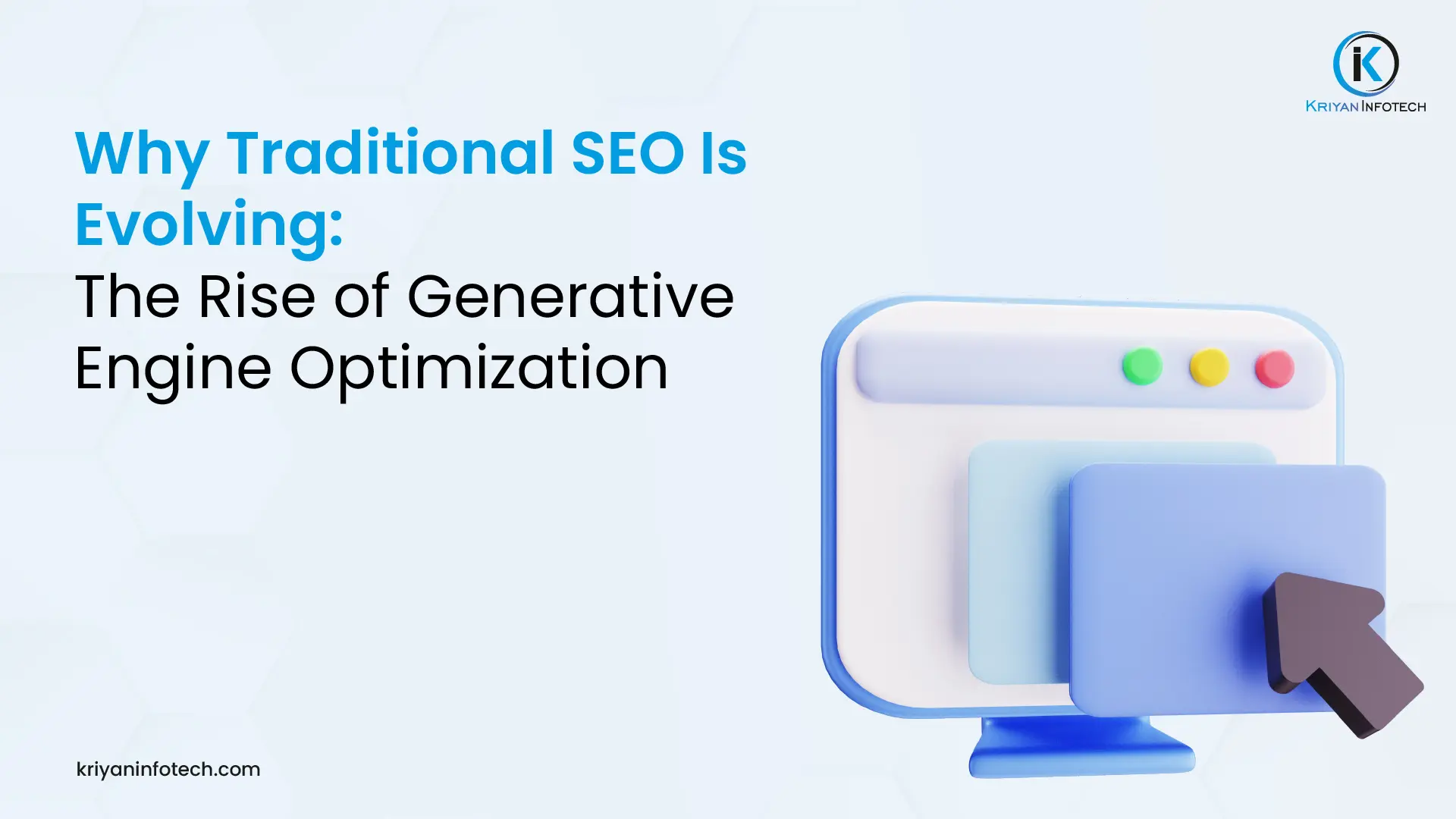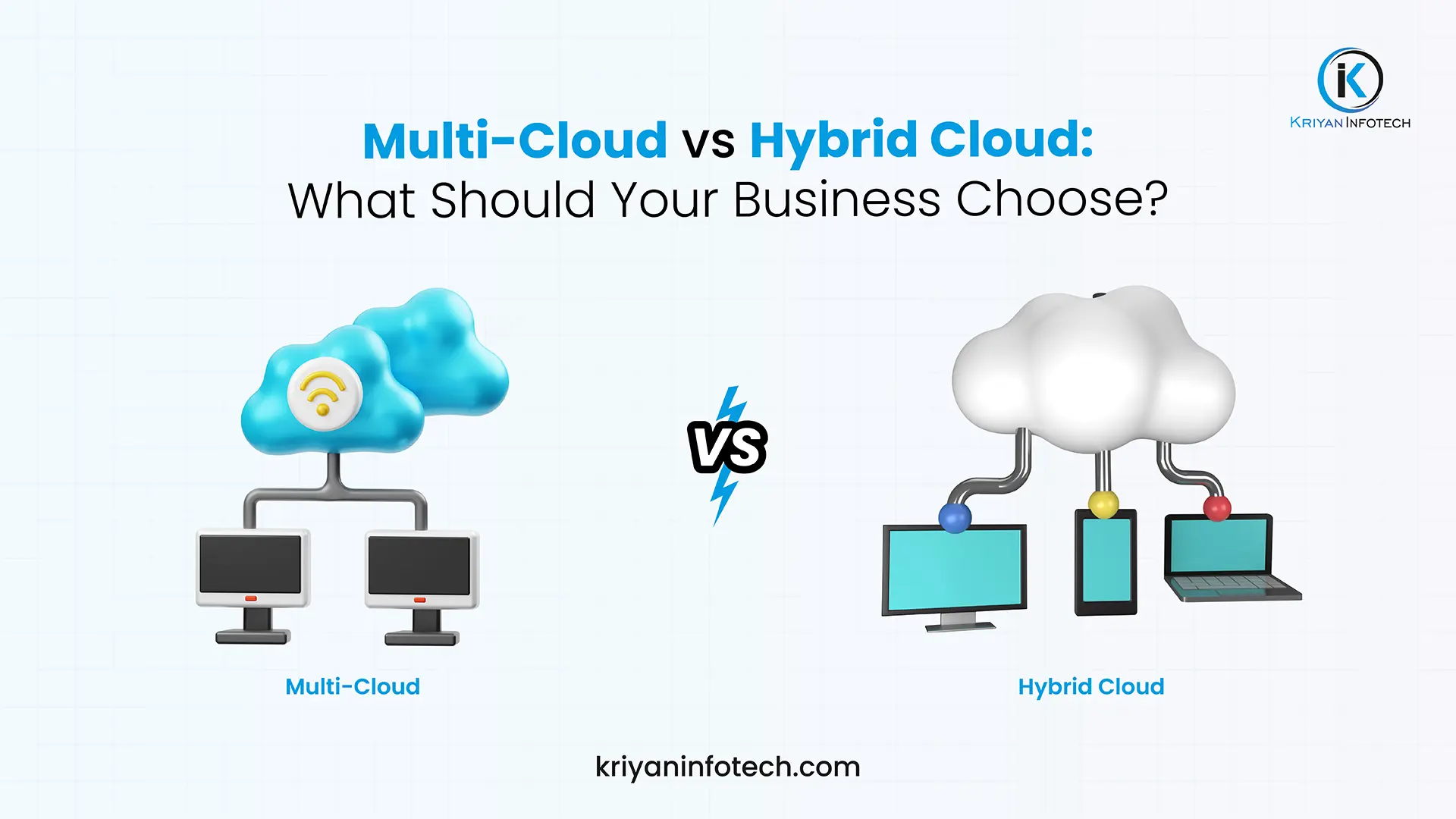
API Development: The Backbone of Modern Web Applications
Introduction
APIs or Application Programming Interfaces are a crucial part of present-day software applications, it creates smooth connectivity and interoperability between different systems and services. With the consistently growing digital ecosystem, the need for API development is growing further.
API’s bring:
- Improved data access and transferring it across different platforms.
- Integration of different software applications.
- Enhanced user experiences through smooth interactions.
- Innovation allows developers to develop on present services and platforms.
- APIs help websites and applications to interact with one another and with different computer systems, allowing easy transfer and exchange of data.
What is API Development?
The set of rules and protocols required for developing and communicating with different software applications comes under API development. It supports the interaction of different software systems and data transfer, helping them to work smoothly together where the user is not required to know the following code.
It is an essential requirement in the present-day software development process. It helps developers to work with the available services and functions. Thus, no scratch work is required. Development and integration of APIs create modular, innovative, and scalable software. Thus, developers can create composite applications efficiently integrating the services of the third party.
Importance of APIs in Modern Web Applications
APIs carry different roles and provide significant benefits in the modern app development process. APIs play important roles and bring major benefits in present-day application development. Interoperability with APIs saves a good amount of time by aligning tasks, like data retrieval and refinement using tools such as web scraper API.
APIs have huge relevance in the area of the web application development process. These are not only technical tools, they are also the main components that decide the way apps are constructed, interact, and function with different digital services. APIs work as a link improving smooth communication between various segments of the digital ecosystem, and helping them coordinate efficiently.
1) Seamless Integration
It plays an important role in application development by facilitating swift integration within various software systems and services. It helps smooth data access through different sources. It supports applications that work more with the least requirement of creating any sophisticated systems initially.
For instance, a healthcare app has to pass patient info to laboratories for testing. They can easily share this data using safe data transmission API, thus supporting secure and safe data transfer quickly.
The API integration services have enhanced security characteristics such as authentication and encryption, assuring that crucial information stays confidential. This type of custom API integration and development is important to safeguard critical and sensitive information.
2) Enhanced Functionality
API’s role is of great significance in User experience as it supports smooth communication with various applications and services. When a user is active in a social media handle, APIs are active at the backend, supporting an easy login process. Along the same lines, APIs help users to transfer data directly from one application to another, the same as transferring an image from ‘Photoshop, Canva, or Adobe’ to any social media handle.
Integration brings quite a smooth and interactive experience for users, helping in seamlessly operating between various services and functionalities inside an app.
3) Scalability
As the application progresses and its user base improves, scalability becomes an important area to look for. APIs are functional in enabling applications to scale impactfully. Following APIs, developers can modularize their app, helping diverse components to operate separately and scale as required.
For instance, a high-traffic e-commerce platform can use APIs to take care of different sides of the business, like payment processing, customer support, and inventory management, all with their scalable system.
This modular approach assures that the app can manage aggravated demand without reducing the performance or user experience. APIs also help smooth integration with cloud services that can offer the required infrastructure to push scalability.
Best Practices for API Development
1) Designing RESTful APIs
The RESTful API is the structural style for an app programming interface that uses HTTP requests to use and access data. This data can be utilized to GET, POST, PUT, and DELETE the data types, it signifies reading, updating, developing, and deleting actions of the resources.
RESTful API is also known as REST API. It is one of the usual types of web interfaces present today. They help different customers as well as browser applications to connect with different services using the REST API. Thus, designing REST API properly is very crucial, to overcome any upcoming hurdles. While designing, it’s essential to consider performance, security, and comfortable use of API for customers.
Or else, it may lead to further problems, if everything is not working well. Not adhering to the usual conventions leads to confusion for the maintainers of the API and the customers who use it as it appears different than their expectations.
Given below are the major areas to consider while designing a REST API.
- Using nouns in place of verbs in endpoint paths.
- Collecting names with their plural nouns.
- Accept and reply with JSON.
- Managing faults carefully and providing definitive error codes.
- Nesting resources for hierarchy-based objects.
- Support filtering and pagination.
- Adhere to safe security methods.
- Cache data to enhance performance.
- Versioning APIs
2) Ensuring API Security

The increasing rate of cyberattacks has made securing APIs crucial for a business. Because the majority of the time it’s the weak APIs that become the soft target of such attacks.
Listed below are some important best practices to help API providers stay away from such potential threats.
- Use a Gateway
- Utilize Central OAuth Server
- Only work on JSON Web tokens internally
- Utilize scopes for
- Coarse-Grained Access control
- Utilize claims for Fine-Grained Access Control measure
- Check things, don’t trust blindly
- Reuse or create libraries for JWT validation
- Never mix authentication techniques
- Safeguard all APs
- Raise JWTs for inhouse customers inside your network
3) API Documentation
This documentation is in the form of easily readable guidelines for accessing and integrating with an API. It offers brief inputs on available endpoints of an API, techniques, resources, parameters, authentication protocols, and headers. There are examples of regular requests and responses.
Proper API documentation helps to enhance the developer’s knowledge of personal, partner, and public APIs, and it often offers different benefits for every API type. Teams focusing on API documentation usually face improved rates of API adoption, fewer support tickets, and public APIs to help expand the revenue.
Future of API Development

The different segments to look for in the future while seeking API developments are as follows:
- Increase of serverless architecture: These models are getting popular as they simplify API deployment and scaling.
- Expansion of API management tools: As APIs are crucial for business strategies, the requirement for comprehensive API management tools is important.
- API as a product: Using APIs as products, businesses can create parallel revenue sources and support innovation.
- Integration of AI and ML: This integration can bring intelligence and advanced services.
- APIs and Demand of Chatbots: The increasing demand for chatbots for customer engagement has made API integration with these bots at the backend systems and different data sources a crucial thing.
- Advancement of IoT: APIs are required to connect different IoT-based devices and backend systems, thus creating the best use of data gathered through these IoT devices.
Conclusion
Why Traditional SEO Is Evolving: The Rise of Generative Engine Optimization
Introduction Cloud adoption is no longer a competitive...
Multi-Cloud vs Hybrid Cloud: What Should Your Business Choose?
Introduction Cloud adoption is no longer a competitive...
The Role of UI/UX in Building High-Conversion Apps and Websites
Introduction Artificial intelligence is no longer a shiny...



